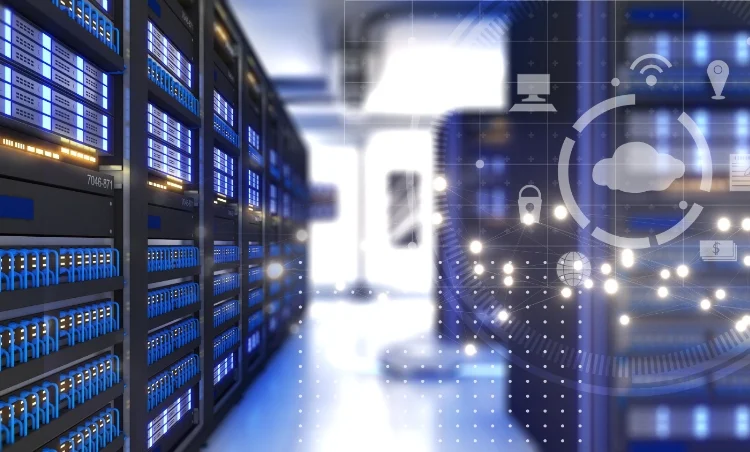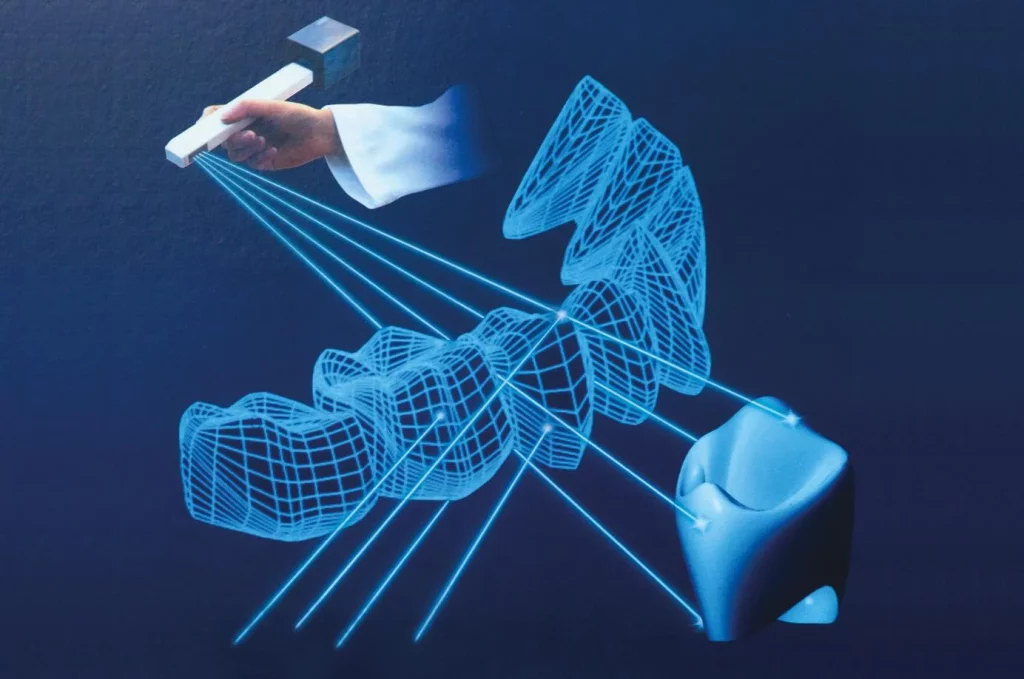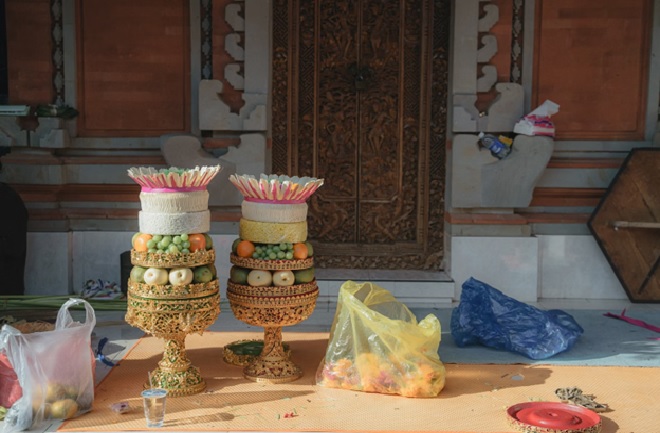Modern trends have brought about a great deal of change to the solemn rite of cremation, which has deep roots in many different cultural traditions around the world. This article delves into the cultural variances, historical significance, and current advances in cremation customs across various countries.
Background Information
Cremation has a long and revered history, with its roots in ancient cultures like Greece as a sacred ritual for remembering the departed. Cremation is a mandatory component of Hindu funeral rites, with the belief that it frees the spirit from the body so it can continue its journey to the beyond. Similarly, cremation symbolizes the transience of life and the end of the cycle of rebirth in Buddhism.
Time-Held Customs
Because every culture has its own set of beliefs and customs, cremation is a very culturally specific activity. For example, in Japan, where burial space is at a premium, cremation is the preferred technique. The cremation process is highly ritualized, down to the handling of the ashes. In contrast, natural decay, rather than cremation, is preferred in traditional burial customs among some indigenous North American cultures, which place an emphasis on the deceased’s relationship with the soil.
World Views
Significant changes have occurred in the cremation environment on a global scale in the last several decades. Cremation has become more popular than traditional funerals in Western nations due to reasons like cost-effectiveness, environmental concerns, and changing religious views. Similar tendencies have emerged in developed nations, such as the US and UK, where cremation rates have skyrocketed, necessitating new forms of cremation and memorialization.
Concerns for the Environment
Environmental issues are having a greater impact on modern cremation techniques. There have been developments in environmentally friendly alternatives to traditional cremation methods, such as bio-cremation and water-based hydrolysis, due to the high energy consumption and emissions associated with traditional cremation. These approaches are attractive to those looking for eco-friendly ways to terminate their lives because they leave less of a carbon footprint.
Recent Developments in Technology
Modern cremation methods are more efficient and personalized than ever before thanks to technological advancements. Overcoming geographical obstacles, families can now personalize memorial services through virtual ceremonies and multimedia displays made possible by digital platforms. Also, families can remember their loved ones in special ways with bespoke urns and mementos made possible by 3D printing technology.
Changes in Personality and Population
Modern cremation customs reflect shifting cultural views on death and grieving. More and more, people of many ethnicities and religions are looking for funeral homes that will respect their diversity and honor their values and choices. This has led to funeral homes expanding their services to accommodate a wider range of cultures and incorporating more traditional elements into more contemporary cremation ceremonies.
Concerns Regarding the Law and Ethics
Legal and ethical norms impact how cremation methods are regulated around the world. In order to respect the deceased and adhere to cultural traditions, there are strict regulations and supervision for matters such as the management of crematorium facilities, obtaining approval for cremation, and handling ashes.
In summary
Cremation practices have evolved over time in response to historical legacies, environmental consciousness, technological developments, and changing social views, all of which intersect with cultural traditions. Cremation rites are a moving expression of human respect for life and the importance of remembrance as communities find new ways to remember the dead.













